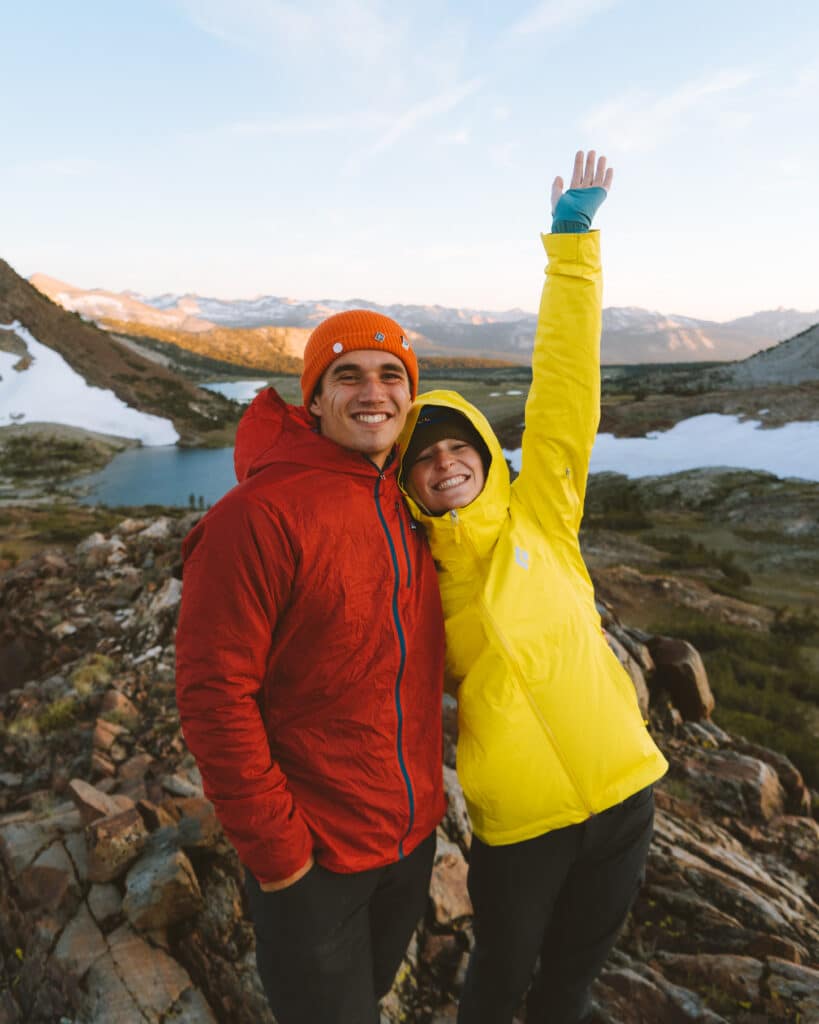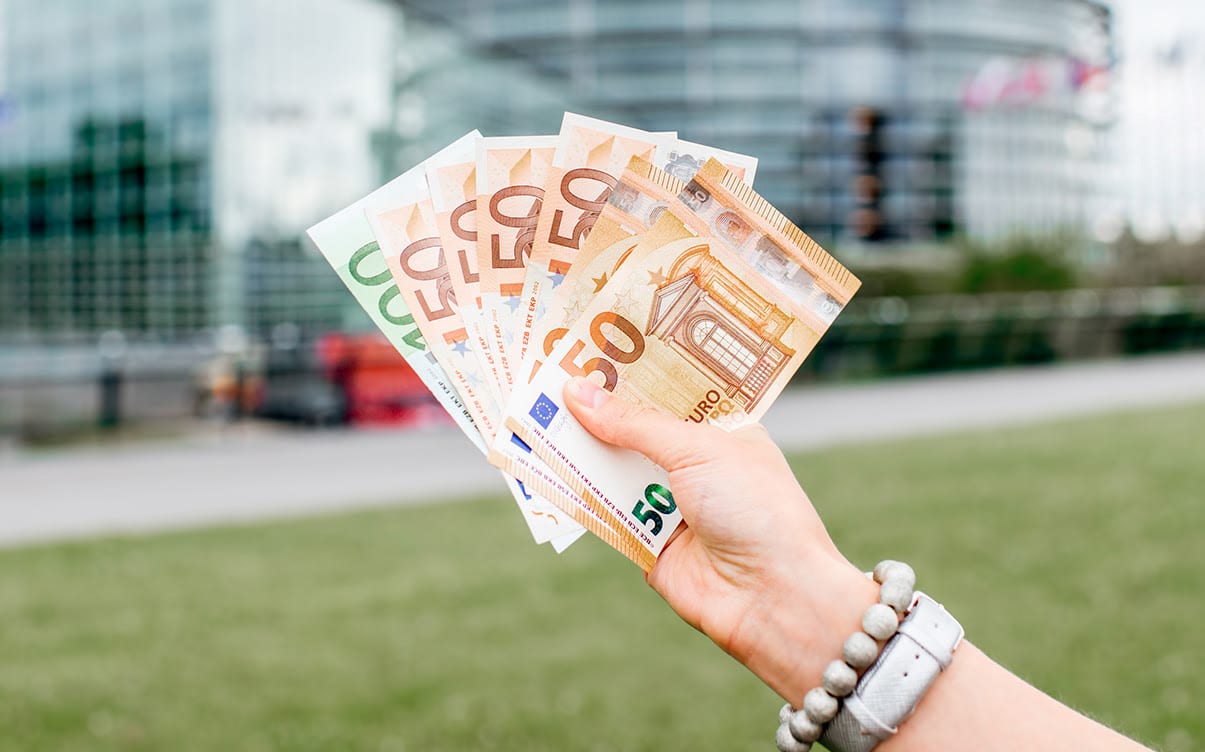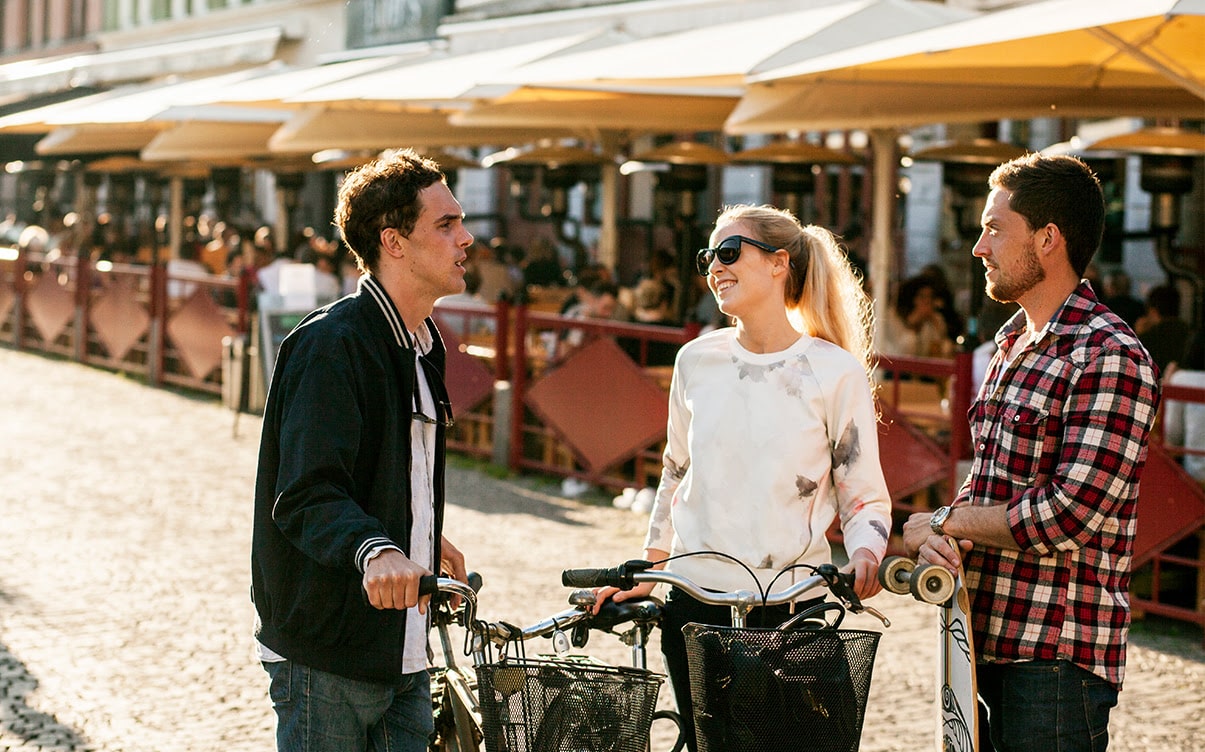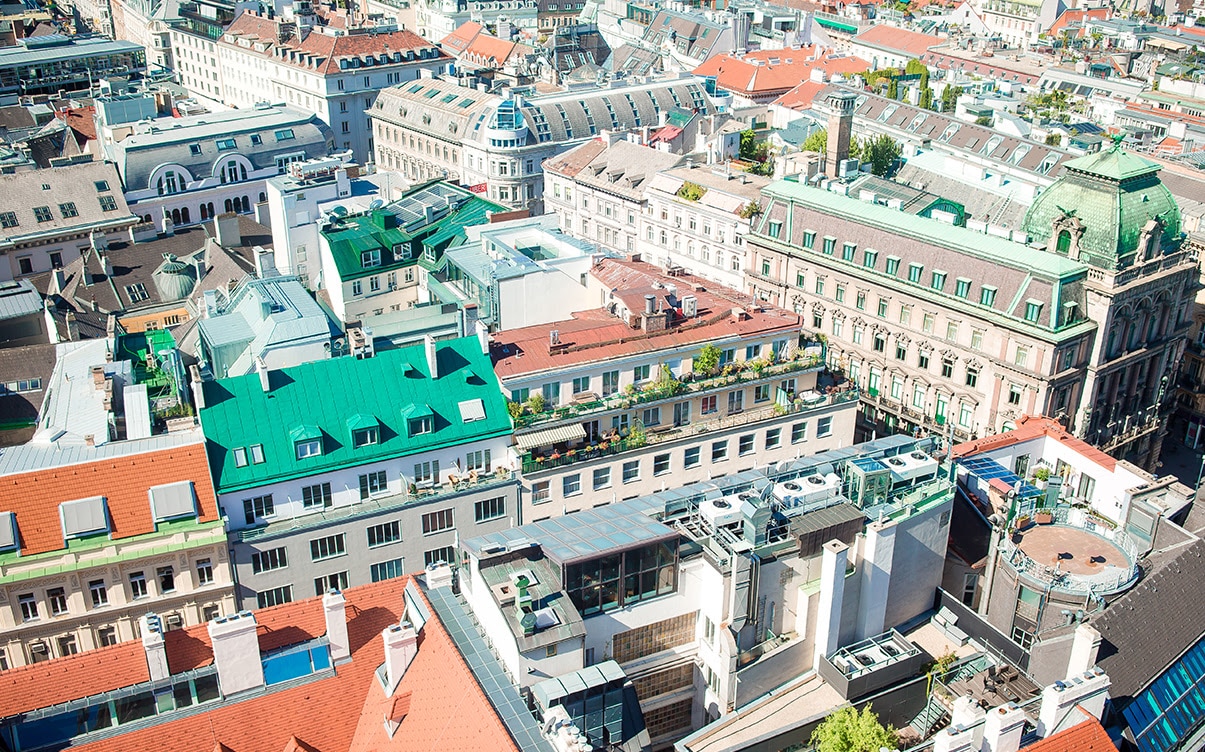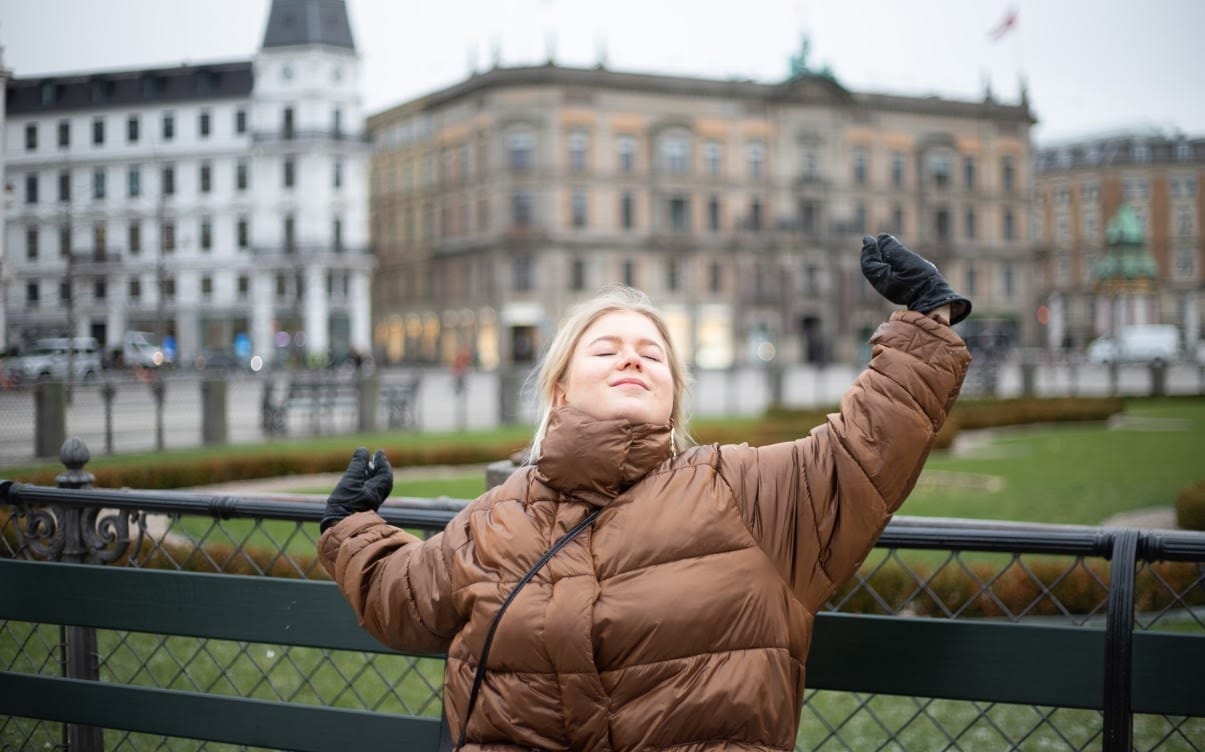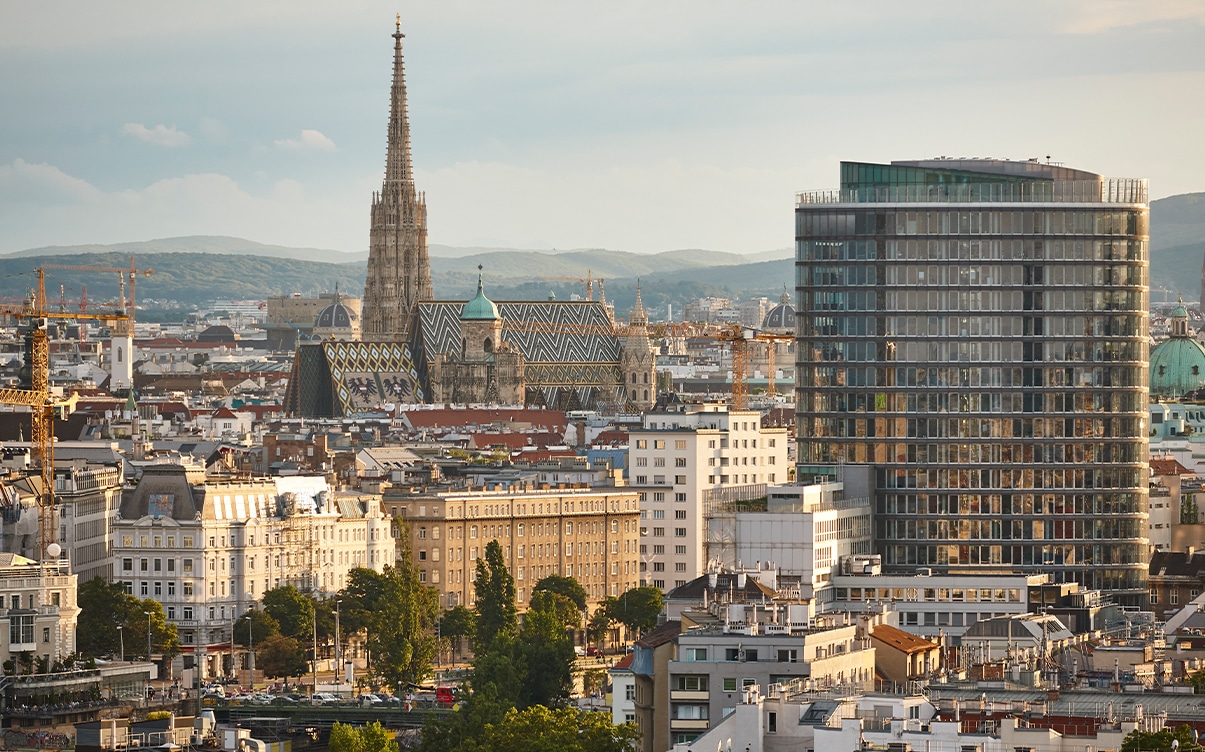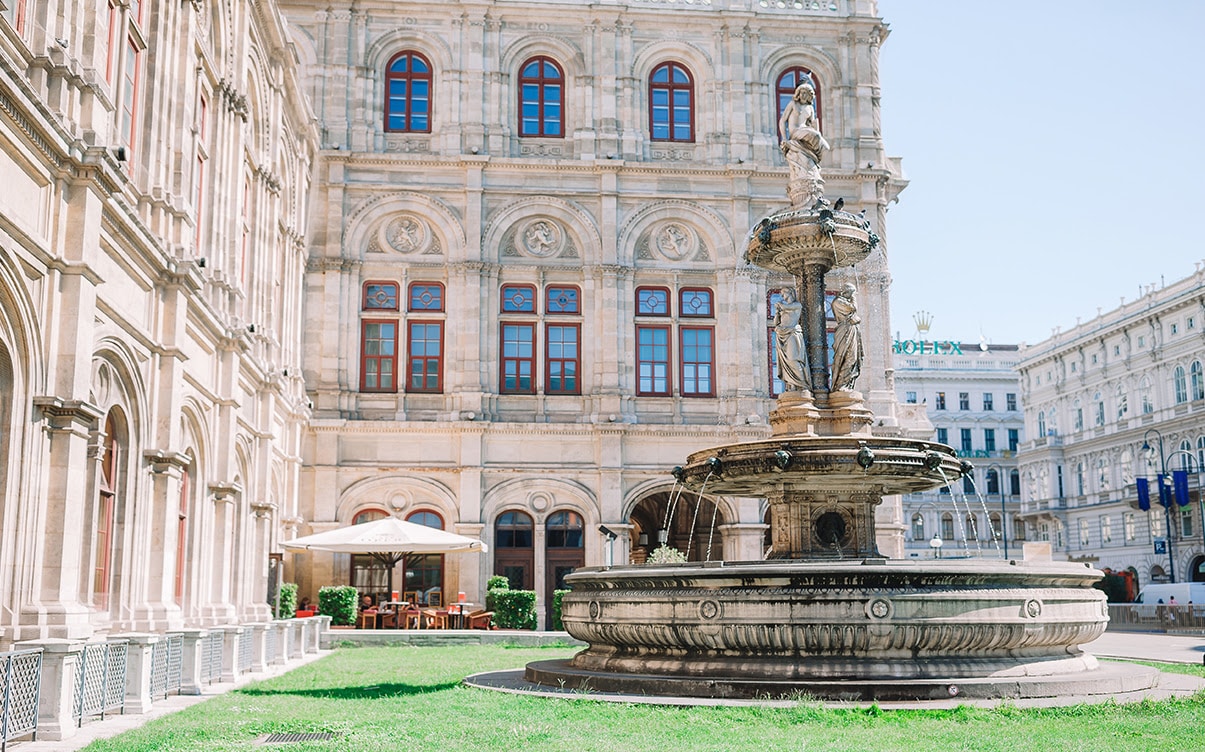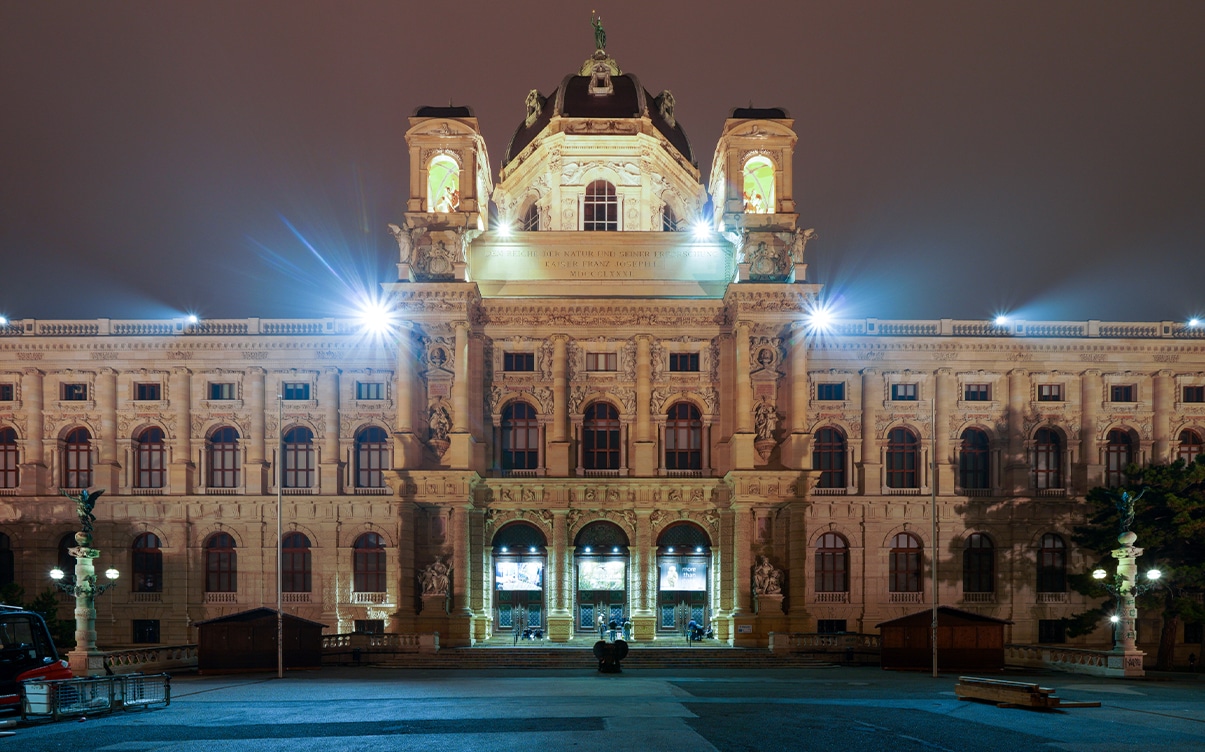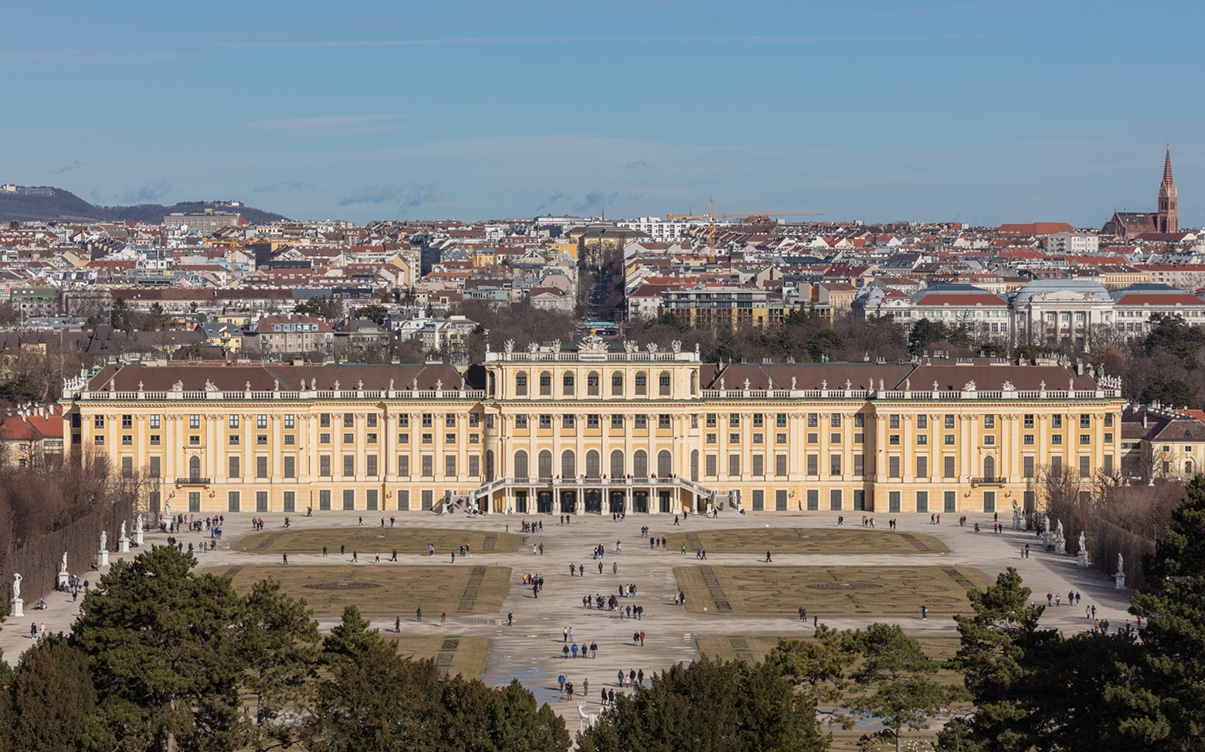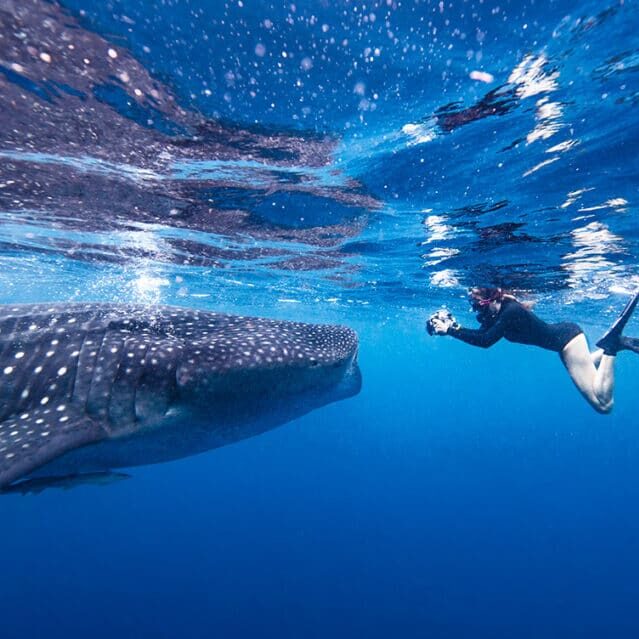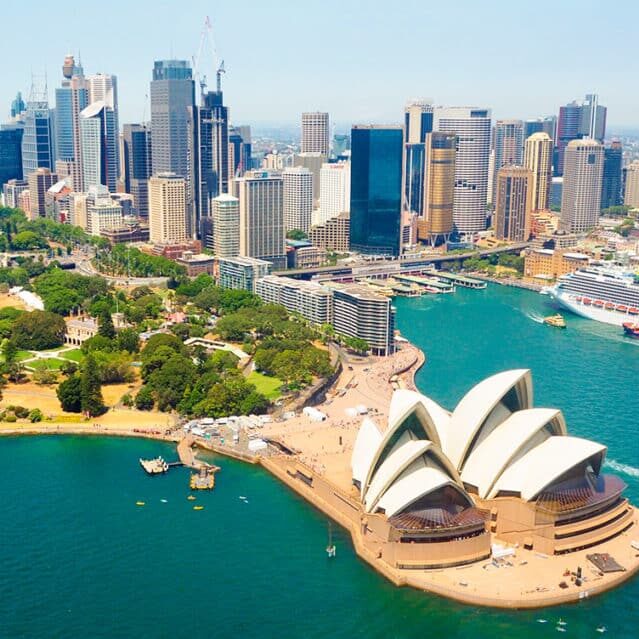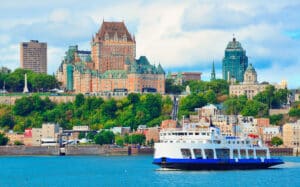The Perfect 3-Day Itinerary for Exploring Vienna, Austria
Disclaimer: This post may contain affiliate links. Please see our Disclosure Policy and Advertiser Disclosure for details.
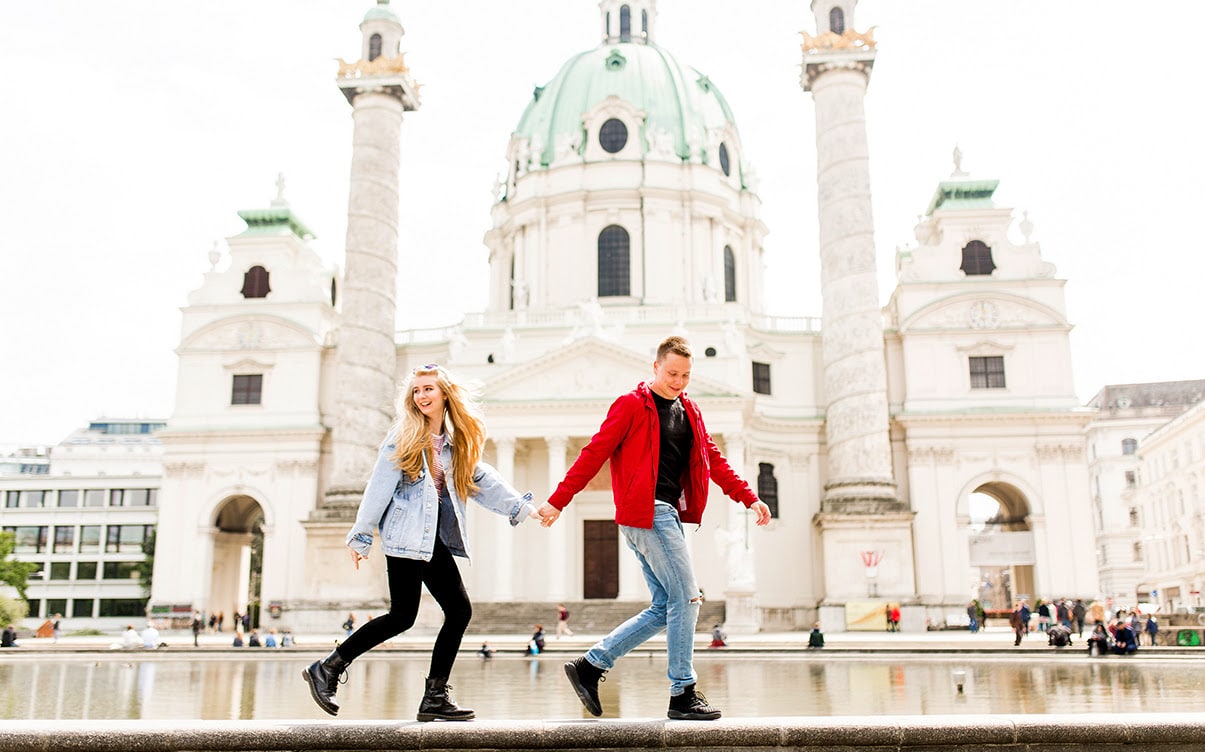
Vienna, Austria, is a historic city with a ton to see and do. Sprawling over 160 square miles, it’s comparable in size to cities like Raleigh, NC, and Denver, CO, making it both a relatively reasonable size to explore and large enough that you’ll want to go back to see what you’ve missed the first time around.
Truth be told, you could easily spend a month or more in Vienna and still have more to see and do. The city is an impeccable mix of historic and modern, with aspects of the city stretching back thousands of years, while others are modern enough to feel fresh out of NYC. It’s a hub of Renaissance culture and modern amenities, and it’s a perfect place to visit for a short trip.
With just three days in Vienna, you won’t be able to see and do everything, but you can hit the major attractions, including a few smaller sites and events, and have a little room for flexibility. That said, we’ve put together our perfect three-day itinerary for exploring the city of Vienna in Austria, along with tips to make your visit a success.
What to Know About Vienna Before You Go
A lot of the travel posts we tend to write involve going to a far-off tropical island where the comforts of modern life might be hard to find; Vienna is pretty much the opposite. As a part of modern Europe, Vienna has everything you could want, so you won’t be left struggling or lost. It’s worth doing a bit of research ahead of time, though, to make sure you have what you need when you visit.
Money in Vienna
First, let’s talk a bit about money. Austria is part of the European Union, which means their currency is the Euro. It’s also a modernized city where credit cards are widely accepted, so you can get around using pretty much nothing but a card if you have to. Still, they also have a thriving cash economy, with tips, small purchases, and street vendors relying on cash, so it’s never a bad idea to keep some on hand. If you run out, it won’t be hard to find a way to get more at a nearby ATM or bank branch, of course. You aren’t completely stuck if you run out of cash like you might be in some other destinations.
Don’t worry about budgeting for water along the way, either. When you fly to a developing nation or tropical getaway, you generally want to avoid the water, but in Vienna, the tap water is basically spring water, and it’s probably better than the water you have at home. With publicly available drinking fountains everywhere you can use to refill a bottle, you’ll never want for delicious water.
Language in Vienna
The official language of Austria is German.
That said, Vienna is a common tourist destination, and as part of a globalized community, English is also widely taught and spoken. Most people will opt for German first, but schools teach English to a pretty high level, and things like tourist kiosks and signage in tourist areas are likely to be bilingual.
You can get around most of anywhere you want to visit in Vienna with just English. But, if you want to be appreciative and show a little more consideration than the average tourist, it’s not a bad idea to pick up a little bit of basic German to help you greet and get around.
Safety in Vienna
Is Vienna safe? Absolutely. In fact, Austria as a whole is the third safest country in the world (behind Iceland and Ireland), and Vienna is one of the safest places in Austria.
That’s not to say there’s no crime at all. There are the occasional pickpockets, con artists, and predators who overcharge for basic or free services to scam tourists. But you don’t generally have to worry about things like assault, muggings, break-ins in your hotel room, or anything violent. You can also always check with the State Department for more specific safety advice.
Weather in Vienna
Vienna is a relatively temperate area in Europe, so the weather isn’t unlike certain parts of America that you may be more used to. There’s none of the tropical stability year ’round nor the inverted seasons of the southern hemisphere to worry about. If it’s cold when you take off in the USA, it’s likely to be on the chillier side of Vienna when you arrive.
Winters in Vienna can be chilly and can get below freezing on the colder days. They get snow, but not always, and it’s a stunning sight to see if you’re there for a Christmas visit and happen to get a layer of brilliant white on everything.
Summer, meanwhile, is precisely what you expect. Warm days and hot days, clear skies with the occasional rainy streak, and a thriving street culture. August is the peak for many of the most popular tourist attractions, so if you’re trying to see things in full swing, that’s when you visit. But, if you want a slower pace on your trip, avoiding the peak rush is a better idea.
The transition seasons of spring and fall are, of course, the midway point. The weather is nice but not necessarily as stable. You get some good seasonal events like Easter markets and fall festivals, but you miss out on peak-season events.
Getting Around Vienna
Being a tourist in Vienna, especially if you’re just going to spend three days in the city, means you’re likely going to be heading to and fro every day and spending a bunch of time on the road.
First up, do you need to rent a car to get around Vienna? Fortunately, the answer is no! You can if you really want to, but Vienna has a very good public transportation network, with a subway for major trips, local trains, trams, and bus lines. There are no tickets and no barriers at stations, though that doesn’t mean it’s free.
Tickets are sporadically checked by transit agents on different lines and trips. You might not ever be checked, or you might be checked half the time you go; there’s no way to know for sure. You can buy individual tickets for specific trips (which are from point A to point B, and it doesn’t matter which transportation method you take to get there), or you can buy a card that works for any rides across whichever days you’re there.
Another option is a sightseeing bus. These special tourist bus lines are fixed routes that circulate through major attractions, just like normal bus routes. You hop on to get to a destination and to get from destination to destination, but the bus doesn’t wait for your group; there are many taking the same route, and you just jump on when you want to go. Generally, you buy a 1, 2, or 3-day ticket and can access the bus whenever you want.
So, what about those cards? There are three you can look into.
- The Vienna Welcome Card. This is a relatively cheap card that gives you free access to public transit, discounts on some tourist attractions, and discounts for things like renting a sidewalk bike or taking a river cruise. You can get a one-day, two-day, or three-day card for your trip or longer if you have a longer trip planned.
- The Vienna City Card. This is a slightly more expensive card than the Welcome card. It has all of the same benefits and then some; you also get discounts for certain tours, venues, and shops. You can also buy add-ons like a hop-on, hop-off bus tour pass.
- The Vienna Pass. This card doesn’t have transportation access, but it does have access to the hop-on, hop-off tour bus lines. The main benefit of the pass is free one-time access to major tourist attractions, including fast-track access to some of the more crowded or popular locations. It pairs well with a Welcome card.
Getting either a transportation card, a city pass, or both will probably save you money on a three-day trip. It’s also way more convenient than having to worry about individual tickets everywhere you go.
Your Three-Day Itinerary in Vienna, Austria
Now let’s get to what you came here for: a three-day plan for a trip you can take to see and do pretty much everything on a “must see” list in Vienna.
Day One in Vienna
Ideally, you’ll arrive early, or even the night before, so you can be checked in and settled in your hotel for your three days and can set out to discover the city with confidence.
On day one, you can easily visit a handful of the top must-see attractions around the city.
Usually, the first stop is somewhere like Mozarthaus, located in Vienna’s old town. This is the home Mozart lived in, and it immerses you immediately in both the historical lifestyles of old Vienna and the musical nature and culture of the city.
When you’re done with the Mozarthaus, you can walk just down the road to St. Stephen’s Cathedral. This is the biggest catholic church in the city and stands tall above the rest of old town. Make sure to climb the towers for a stunning view of the city!
For those of you who love opera, the Vienna State Opera House is also a great stop. If you can catch an evening performance, make sure to do so! If you’re not as much of a fan of opera, you can take a quick tour to see the architecture during the day instead.
A first day in Vienna isn’t complete without a trip to the Wien Museum. This is actually a distributed museum, with several locations around the city, but the main facility is on Karlsplatz and gives you three floors of art, history, and artifacts spanning from neolithic times to the 1800s.
Another great church, right next to the museum, is Karlskirche, the St. Charles Church. It’s very ornate and is a spectacular, if small, location to visit.
Don’t forget to leave time to visit Naschmarkt, one of the famous street markets in the city. It’s a solid mile of vendors and shops, and it’s a great place to grab food or a souvenir for your trip.
Day Two in Vienna
Day two is where you get a lot of flexibility in what you want to see and do. You’re settled in, you’ve gotten your bearings, and you can direct your experience.
For example, if you’re an equestrian, visiting the Spanish Riding School is a must-see. The 1729 building is world-famous for dressage, and you’ll be able to stop in and watch the horses train in the morning. You can also attend an actual performance if one is available during the time you’re there.
Most people prefer to visit a selection of art galleries, museums, and other cultural epicenters. Consider:
- Albertina, the art museum found in the Hofburg Palace complex. This could easily take a whole day, as their collection encompasses over a million items, but don’t feel too bad about curating your stop and moving on.
- The Natural History museum, which gives you a glimpse into the history and prehistory of Austria and Vienna. The ornate building is packed with fossils, artifacts, and educational displays.
- The Kunsthistorische Museum, which is directly opposite the Natural History Museum and is dedicated to the arts, and can form a complete day between the two of them.
- The Freud Museum. Though Freud himself has niche appeal, you can’t deny that he had a lot of impact on the social culture of the time. His museum is a former office of his and is fairly small but tightly curated.
- Belvedere Museum, which is a UNESCO world heritage site along with some manicured gardens and decorative landscapes.
To get a breather and spend some time outdoors, you can also take a river cruise. The Danube is a famous river for a reason, and while it might not be the most picturesque waterfront in the world, a river cruise is still a great way to get another perspective on the city you’re visiting.
If you want another great view of the city, you can visit the Danube Tower. It’s the tallest structure in Vienna and gives you an excellent view of the city in all its historic and modern glory. A restaurant at the top of the tower is also a great place for dinner.
Day Three in Vienna
Your third day is when you hit the places you wanted to visit but didn’t find time for the first two days.
Some of the other famous landmarks to visit include:
- Schonbrunn Palace. As one of the larger tourist attractions in the city, the palace has a ton to see and do and can be the centerpiece of a whole day’s trip if you want it to be. Make sure to show up early or on an off day to avoid the long lines.
- Schonbrunn Zoo. The zoo is world-famous and is the oldest zoo in the world. You can also visit nearby secondary attractions while you’re there, like the carriage museum and the orangery.
- Prater Park. One of the oldest amusement parks in the world and home to one of the largest Ferris wheels in the world, Prater Park is a great place to spend a few hours with entertainment and amusement at every turn.
Don’t forget to find iconic and delicious places to eat throughout the day! There are so many delicious eateries all around, some with histories stretching back hundreds of years, that you’ll always have something incredible at arm’s reach.
When you’re done with your final day, you’ll be sad to leave, but don’t forget; you can always come back for another visit!
You may also enjoy:
